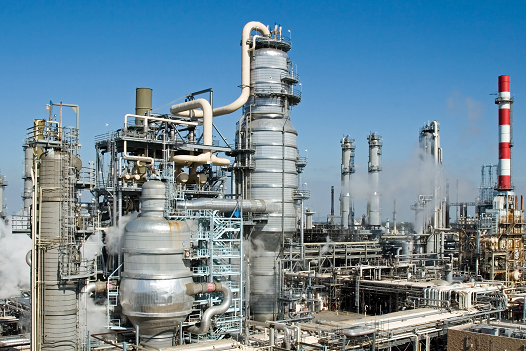
On June 13th 2013, the Environment and Economy subcommittee in the US House of Representatives held a hearing to discuss the 1976 U.S. Toxic Substances Control Act (TSCA). The House hearing was motivated by a recent bi-partisan bill in the Senate by Senator Vitter (R-LA) and the late Senator Lautenber (D-NJ). Deeply flawed and under scrutiny for decades, TSCA has remained unchanged by U.S. lawmakers; meanwhile countries around the world are enacting common sense rules to minimize the presence of hazardous chemicals in our lives. Government, industry and public health and environmental advocates all acknowledge the need to reform TSCA. Evidence continues to mount regarding the public health dangers of the hundreds of hazardous chemicals on the market.
There is a clear and urgent need to revisit TSCA, legislation which has not be revised in 37 years, to ensure the safety of a public that is increasingly exposed to a toxic cocktail of chemicals. During the June 13th hearing, the Government Accountability Office (GAO) reported on the many failings in current TSCA legislation. The GAO’s testimony touched upon many of the major problems with TSCA that need to be addressed.
Unlike pesticides and pharmaceuticals, industrial chemicals regulated under U.S. TSCA do not need to meet a reasonable safety standard before they enter the marketplace. Most of the 60,000+ industrial chemicals on the market in 1976 (the ‘existing’ chemicals) were grandfathered in and allowed to remain on the market with no additional requirement to prove their safety. Of these ‘existing’ chemicals, only 200 have been tested for their safety, despite the fact that there are, by some estimates, over 1400 industrial chemicals of concern, and a mere five have been restricted because of the law’s many weaknesses.
One of TSCA’s major weaknesses is that nearly all the burden lies with an underfunded EPA to prove the danger(s) of particular chemicals, not on the chemical industry to prove the safety of their products. In order to require chemical manufacturers to prove whether a chemical is safe, EPA must first prove that the chemical poses an unreasonable risk to the health and safety of the public—a classic catch-22. A US court’s interpretation of language in the 1976 statute has made it virtually impossible for EPA to use its authority to regulate ‘existing’ chemicals. Provisions designed to ensure the safety of “new” chemicals have their own set of problems (to be discussed in our next blog).
A witness for industry stated that TSCA differed from the laws governing pesticides and pharmaceuticals because those types of chemicals are intended to be biologically active. While industrial chemicals might not be “intended” to be biologically active, the fact is that these chemicals interact with our bodies and trigger complex biochemical reactions, and our understanding of the magnitude of these effects grows every day. Daniel Rosenberg of the National Resources Defense Council confirmed that despite TSCA legislation and scientific proof their effects, known and probable carcinogens, hormone (endocrine) disrupting chemicals (EDCs), neurotoxicants, reproductive toxicants and other chemicals of concern still remain in production.
In comparison to other industrialized countries and some emerging economies, the United States has gone from being a global leader to a global laggard when it comes to chemical laws and policies.
To read the full report and testimony written by GAO, and others statements during the Hearing, click here.
Originally posted on July 16, 2013.

